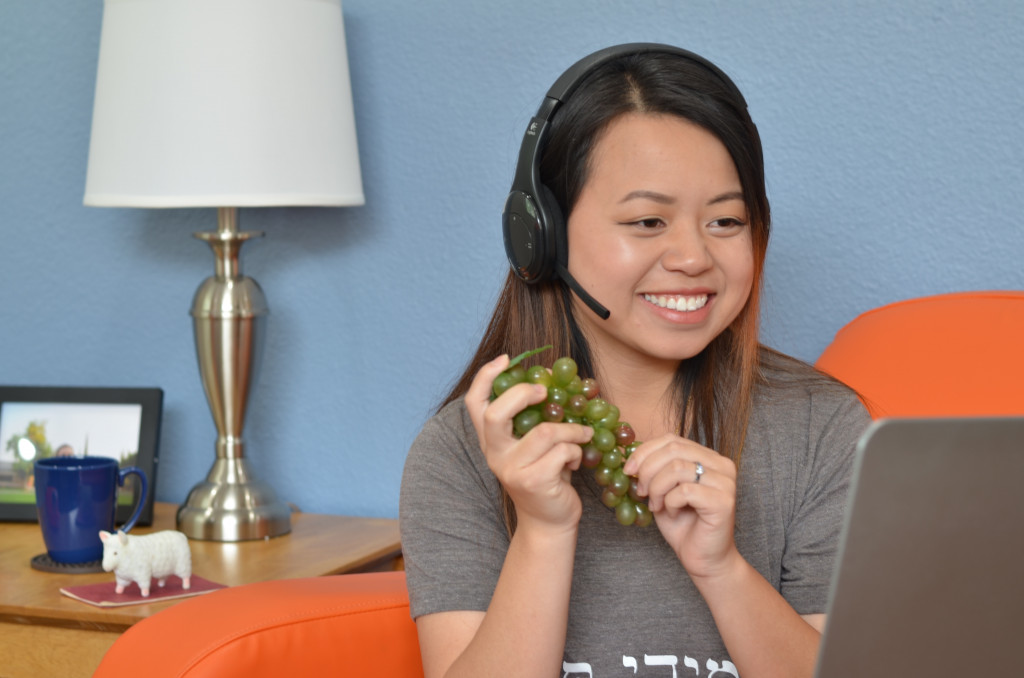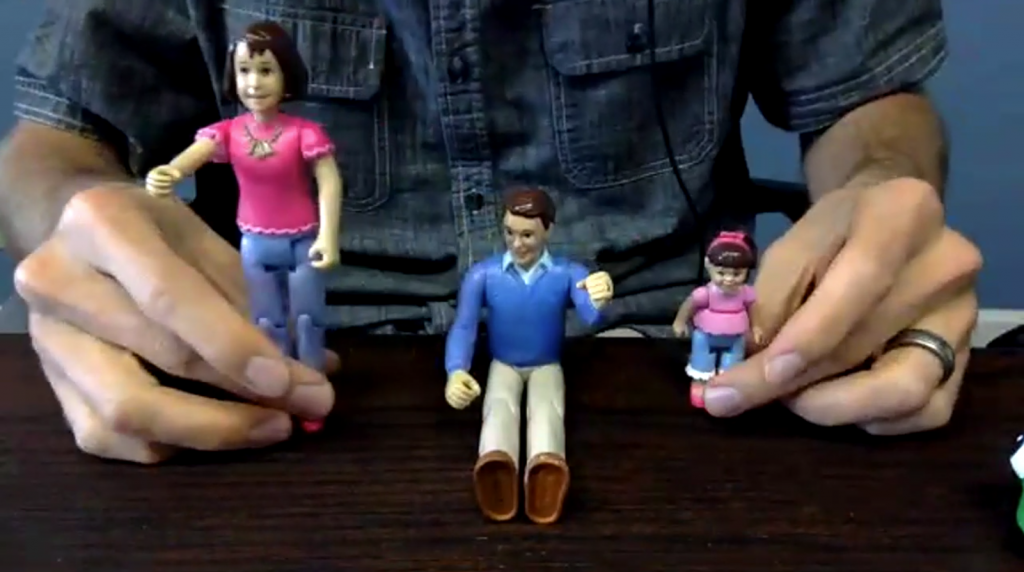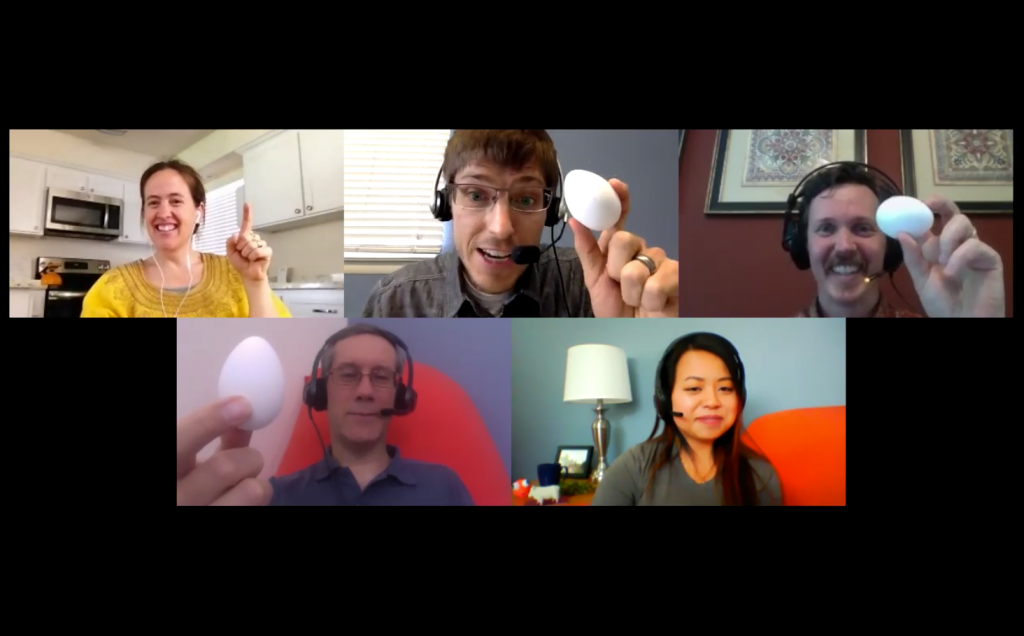Live Video Classes: Registration
Choose one of the available Hebrew or Greek class times below.
To be notified when new class times are posted, sign up for the email list at the bottom of this page.
Click here to read more about Live Video Classes
HEB101A - 2025010T1400B
May 13–August 19, 2025
Tuesdays, 2:00–3:00 pm U.S. Eastern Time
HEB101B - 2025009T1110B
May 13–August 19, 2025
Tuesdays, 11:10am–12:10 pm U.S. Eastern Time
GRK101A - 2025006H1400B
May 15–August 21, 2025
Thursdays, 2:00–3:00 pm U.S. Eastern Time
GRK101A - 2025011T0850B
May 13–August 19, 2025
Tuesdays, 8:50–9:50 am U.S. Eastern Time
GRK101C - 2025007T1000B
May 13–August 19, 2025
Tuesdays, 10:00–11:00 am U.S. Eastern Time
January 20–May 5, 2025 (no class April 21) Mondays, 10:00–11:00 am U.S. Eastern Time
GRK101F - 2025008M1000B
May 19–August 25, 2025
Mondays, 10:00–11:00 am U.S. Eastern Time



